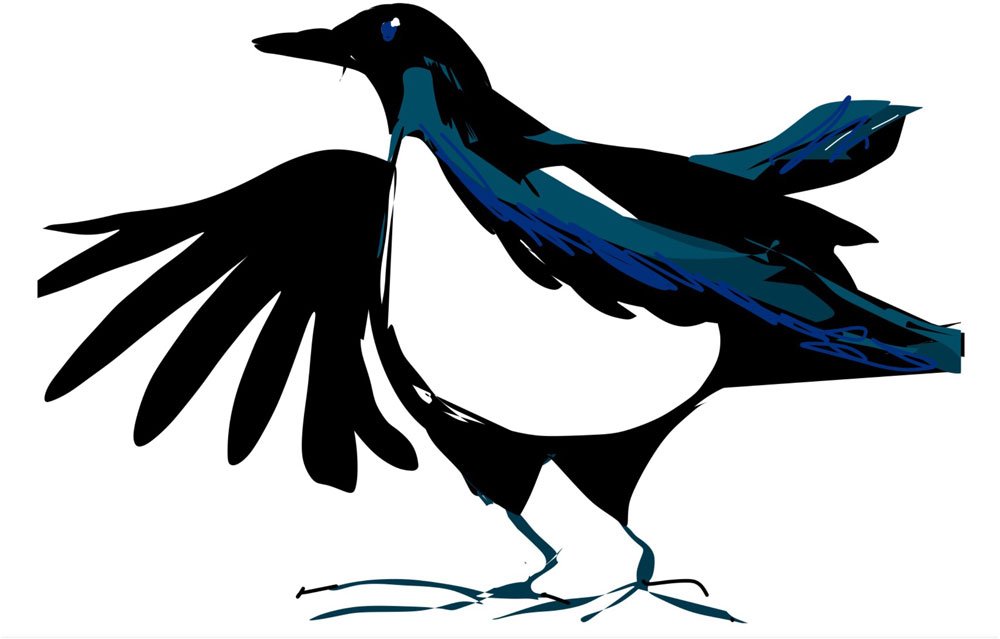The Wonderful Creatures of Mudchute Farm: Magpies
 Magpies are social life birds and like to stick with their mates and in larger flocks. They can roost in groups of up to 200 birds, making nests, with roofs, in trees if there is enough room. If not, they sometimes build nests on the ground. All of the community of birds settles down for the night and they are all up well before dawn.The name for a group of Magpies is ‘A Mischief’. This probably comes from the old stories about them being snaky thieves of shiny objects. In fact we have found out recently that they are actually a little startled by things that twinkle and gleam and will investigate them but not take them away to their nests. What a shame, that is such a good old story.There are lots of superstitions about magpies. Lots of different areas of the UK have traditions for greeting a bird when you see one on your walk. Sometimes you are supposed to tip your hat to them, or say, “Good morning to you Mr Magpie and best wishes to all the little magpies” or “Good Morning Mr Magpie and how is your Lady Wife?’ However as both male and female magpies look the same it is a bit weird that we always assume that the one we meet is a male.A lot of people know a variation of the old rhyme
Magpies are social life birds and like to stick with their mates and in larger flocks. They can roost in groups of up to 200 birds, making nests, with roofs, in trees if there is enough room. If not, they sometimes build nests on the ground. All of the community of birds settles down for the night and they are all up well before dawn.The name for a group of Magpies is ‘A Mischief’. This probably comes from the old stories about them being snaky thieves of shiny objects. In fact we have found out recently that they are actually a little startled by things that twinkle and gleam and will investigate them but not take them away to their nests. What a shame, that is such a good old story.There are lots of superstitions about magpies. Lots of different areas of the UK have traditions for greeting a bird when you see one on your walk. Sometimes you are supposed to tip your hat to them, or say, “Good morning to you Mr Magpie and best wishes to all the little magpies” or “Good Morning Mr Magpie and how is your Lady Wife?’ However as both male and female magpies look the same it is a bit weird that we always assume that the one we meet is a male.A lot of people know a variation of the old rhyme
‘One for sorrowTwo for joyThree for a girlFour for a boyFive for silverSix for goldSeven for a secret never to be told’
The rhyme goes on but there are lots of different versions of it.It was originally a way of looking for signs about what the future was going to bring you. A lot of the superstitions about Magpies come from one of those strange stories from myths surrounding early Christian stories. It was said that the magpie alone would not sing when Jesus died, so it got a bit of a curse attached to it from this unkind story. People said that that’s why it doesn’t have a pretty voice, but sounds a bit grating and bleak to our ears, it’s also why misfortune is said to be signalled by it. In reality they are clever, sociable and rather beautiful looking birds, which look bigger than they actually are because of their long tails. Their feathers have a glorious purple green iridescent gleam to them.
